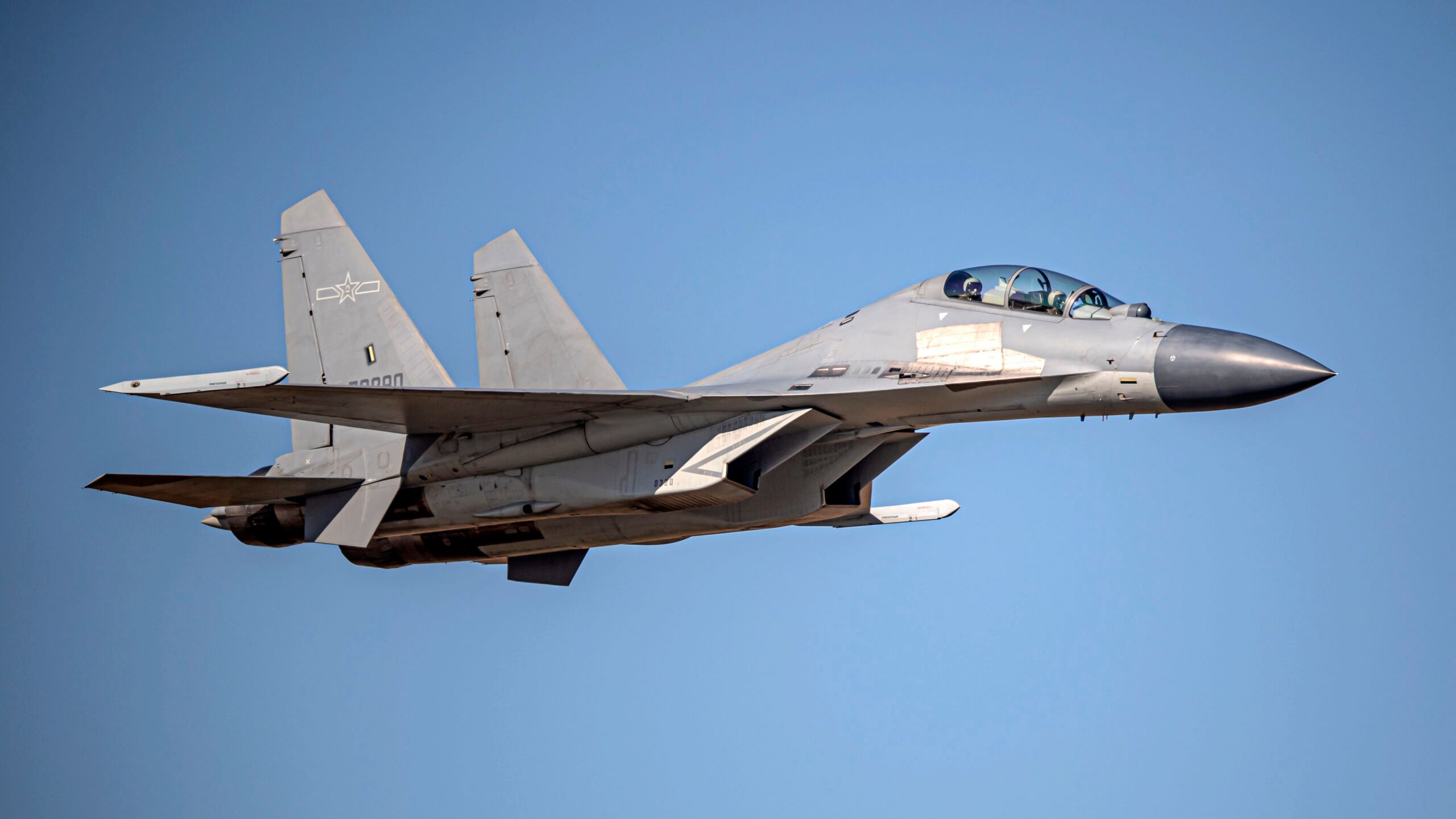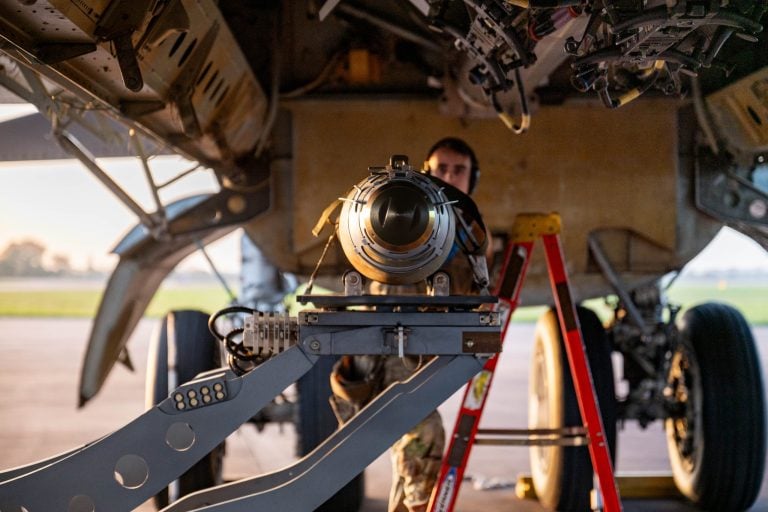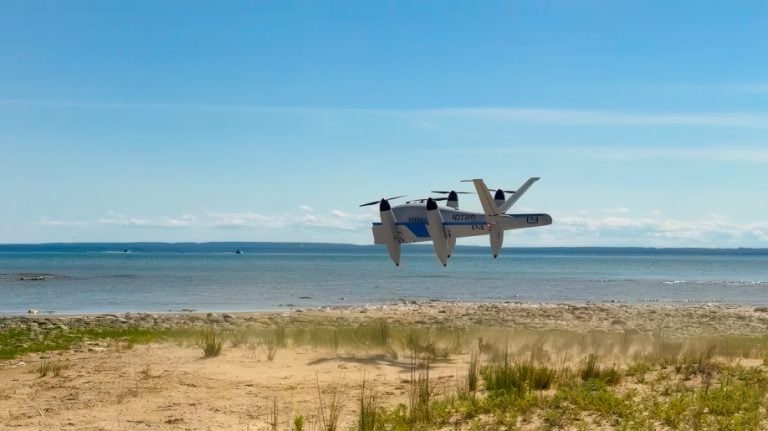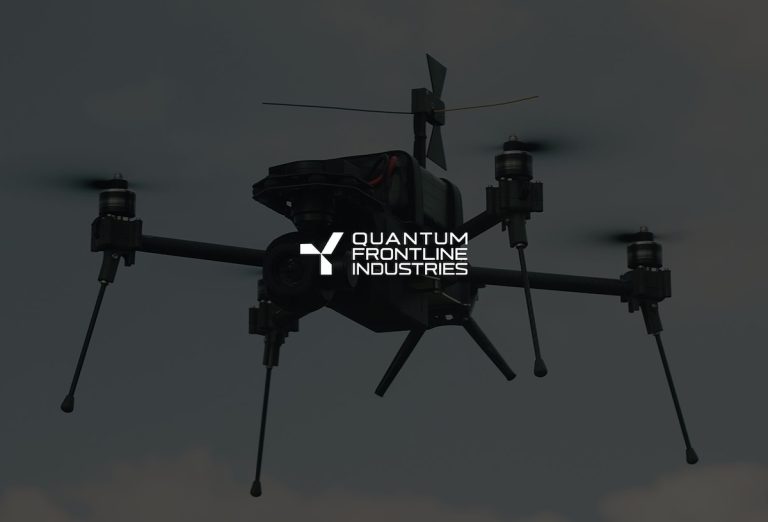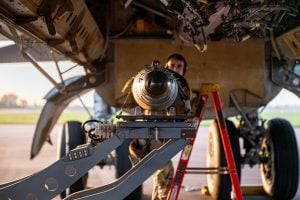Australia has raised significant concerns after a Chinese fighter jet reportedly dropped flares near an Australian air force surveillance plane patrolling the contested South China Sea, labeling the incident as an instance of “unsafe” military behavior by Beijing. This event underscores heightened tensions in a region where territorial disputes are prevalent.
The incident occurred on February 11 when the Australian Poseidon surveillance aircraft was engaged in a standard reconnaissance mission over the South China Sea. According to the Australian defense department, a Shenyang J-16 strike jet approached the Australian plane and “released flares in close proximity,” prompting serious worry about the safety of both the aircraft and its personnel. Defense Minister Richard Marles described the flares passing within 30 meters (approximately 100 feet) of the Australian aircraft, emphasizing that this maneuver posed a “potential for significant damage” but fortunately resulted in no injuries.
In response to the incident, Australia’s government expressed its concerns to Chinese officials. Guo Jiakun, a spokesman for the Chinese foreign ministry, countered by accusing the Australian aircraft of intruding into airspace around the Xisha Islands—referred to by some as the Paracel Islands—without permission. He insisted that China’s actions to expel the foreign military aircraft were lawful and justified, calling the measures “legitimate, legal, professional and restrained.” Furthermore, Guo stated that Beijing had formally contacted Canberra to demand a cessation of what it termed “infringements and provocations.”
This incident coincided with the arrival of three Chinese navy vessels in waters northeast of Australia’s mainland, which included a frigate and a cruiser accompanied by a supply tanker. While officials noted that this naval movement appeared unrelated to the aerial confrontation, the Australian navy deployed its own frigate to monitor the situation closely.
The defense department reaffirmed its commitment to maintaining the principles of freedom of navigation and overflight in compliance with international law, reiterating that Australia expects all nations, including China, to conduct military operations in a safe and professional manner.
This latest encounter is part of a growing list of contentious interactions between the two nations in the increasingly militarized airspace and shipping lanes of Asia. In recent months, incidents have included a Chinese fighter jet allegedly intercepting an Australian Seahawk helicopter in international airspace and a destroyer reportedly bombarding submerged Australian navy divers with sonar pulses off the coast of Japan, leading to minor injuries.
As tensions continue to escalate, the situation reflects the broader challenges of maintaining peace and safety in a region fraught with territorial disputes and military activity. The Australian defense department maintains that its forces have long been engaged in maritime surveillance in accordance with international law, asserting its right to operate freely in international waters and airspace.
